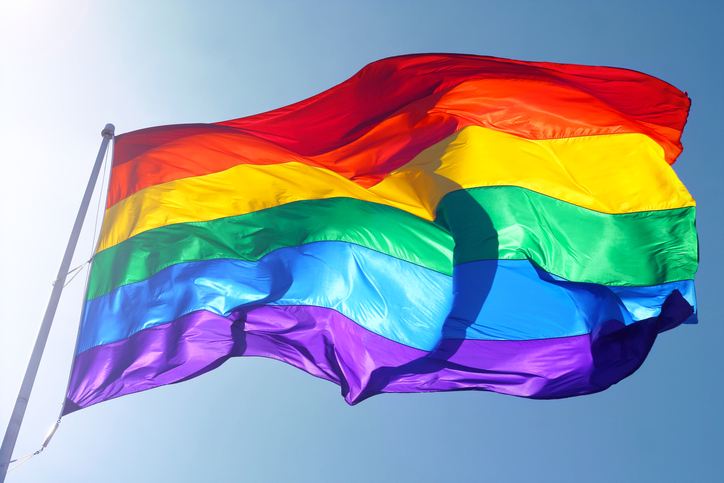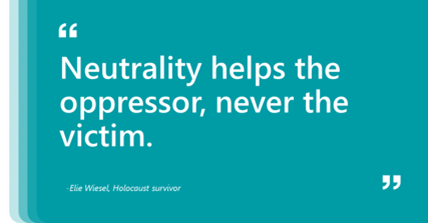Ways you can celebrate Pride Month and practice allyship for the LGBTQIA+ community
 Pride month is an opportunity for organizations—and individuals to identify ways to support the LGBTQIA+ community beyond the month of June. To get you started, we invite you to educate yourself about some of the current laws impacting the LGBTQIA+ population along with several supportive resources.
Pride month is an opportunity for organizations—and individuals to identify ways to support the LGBTQIA+ community beyond the month of June. To get you started, we invite you to educate yourself about some of the current laws impacting the LGBTQIA+ population along with several supportive resources.
As the U.S. White House noted last year, "Despite our progress in advancing civil rights for LGBTQ+ Americans, too many transgender people — adults and youth alike — still face systemic barriers to freedom and equality." That sentiment still rings true, and some key facts about those barriers and other challenges include:
- Those who are trans face more discrimination in nearly every realm, from school to workplaces, including healthcare settings. According to a review by Human Rights Watch, transgender patients reported numerous incidents of discrimination in routine health screening, counseling, and even pediatric care for their children. Some added that they postpone or avoid medical treatment because of the issue.
- Transgender individuals are at greater risk of mental health problems like depression and anxiety—and are more than six times as likely to attempt suicide.
- LGBTQ youth are 120 percent more likely to experience homelessness than non-LGBTQ young people. Those who are transgender are at exceptionally high risk, often due to conflict in their homes.
These are daunting and sometimes overwhelming difficulties your employees and their family members may be experiencing, but there are steps your organization can take to be a force for inclusivity.

Being an advocate for change means celebrating Pride Month and carrying that awareness and allyship into every day. Here are some ideas for cultivating more recognition and education for yourself and your organization:
- Start with respect. According to advocacy organization GLAAD, becoming an effective ally involves steps such as not making assumptions about a transgender person's sexual orientation, using the name a transgender person asks you to use—rather than their birth name—and being careful about confidentiality since some trans people are not "out" to everyone around them.
- Challenge anti-transgender "jokes" and comments. As Holocaust survivor, Elie Wiesel famously said, "Neutrality helps the oppressor, never the victim. Silence encourages the tormentor, never the tormented." Although the easy route might be to ignore anti-trans comments or walk away, that can lead transgender people to believe no one is there to support them.
- Listen to transgender employees. As GLAAD states, the best way to be an ally is to listen with an open mind to transgender employees speaking for themselves. Watch films and TV series about trans people, and read books and blogs written by transgender writers, to understand the issues from their perspective. GLAAD notes that it's important to know your limits as an ally. "Don't be afraid to admit when you don't know something," the organization suggests. "Seek out the appropriate resources that will help you learn more."
- Be direct in your support. It might seem like putting up a transgender flag symbol on your corporate social media or an actual flag outside your workspace is a minor gesture, but you don't know who will see that and feel recognized. Being vocal in your support has a ripple effect, and it allows trans employees to see you and your organization as a safe space and ally.
- Create change in your organization and beyond.
- If you're transgender, continue cultivating a network of allies who are ready to support and celebrate you.
In June and beyond, we can all celebrate how far we've come in advancing LGBTQ+ rights, while still continuing to make strides toward a truly inclusive and welcoming workplace and society for everyone.

